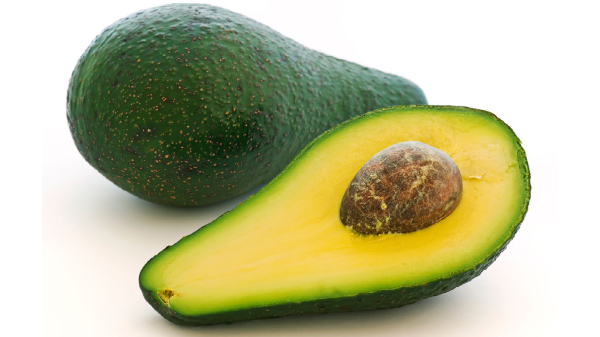A new avocado supplier to the U.S. has just been added.
USDA’s Animal and Plant Health Inspection Service (APHIS) has authorized “importation of commercial fresh avocado fruit of all varieties (Persea americana) from continental Ecuador into the continental United States.
This commodity will be imported using safeguarding measures to minimize the risk of introducing plant pests and noxious weeds into the United States.
“Based on the pest risk assessment, APHIS experts determined that the application of one or more designated phytosanitary measures will be sufficient to mitigate the risk of introducing or disseminating plant pests or noxious weeds via the importation of commercial varieties of fresh avocado fruit from continental Ecuador. This change will go into effect on May 26, 2022.”
APHIS had previously announced this measure and opened it up for public discussion and comment.
Ecuador intends to increase the planted area of avocados from the present 6,000 hectares to 10,000 hectares, producing 15 tonnes (metric tons) per acre. Hass acreage is now at 1,200 acres. Most of the avocados produced in the country are of the Fuerte variety.
“According to figures from the Ministry of Production, Foreign Trade, Investments and Fisheries, Ecuador exported more than 600 tonnes of avocados in 2021, the main destinations being Spain (78 percent), Colombia (6 percent) and Hong Kong (5.5 percent),” reports Eurofruit.
“In the last three years, the average income from Ecuadorean avocado exports has been around US$2.2m.”
This announcement comes at a point where Colombia is ramping up avocado production as well. It exported nearly 70,000 metric tons for the first nine months of 2021, an increase of 35 percent over the same period in 2020. Most of the exports go to Europe.
Most of Colombia’s planted acreage is due to come into production after 2025. The nation is emphasizing sustainability in producing the crop.
Individuals in many produce segments have felt threatened by foreign imports, but opinion in the avocado industry at this time mostly holds that increased consumption can accommodate the extra supplies.



